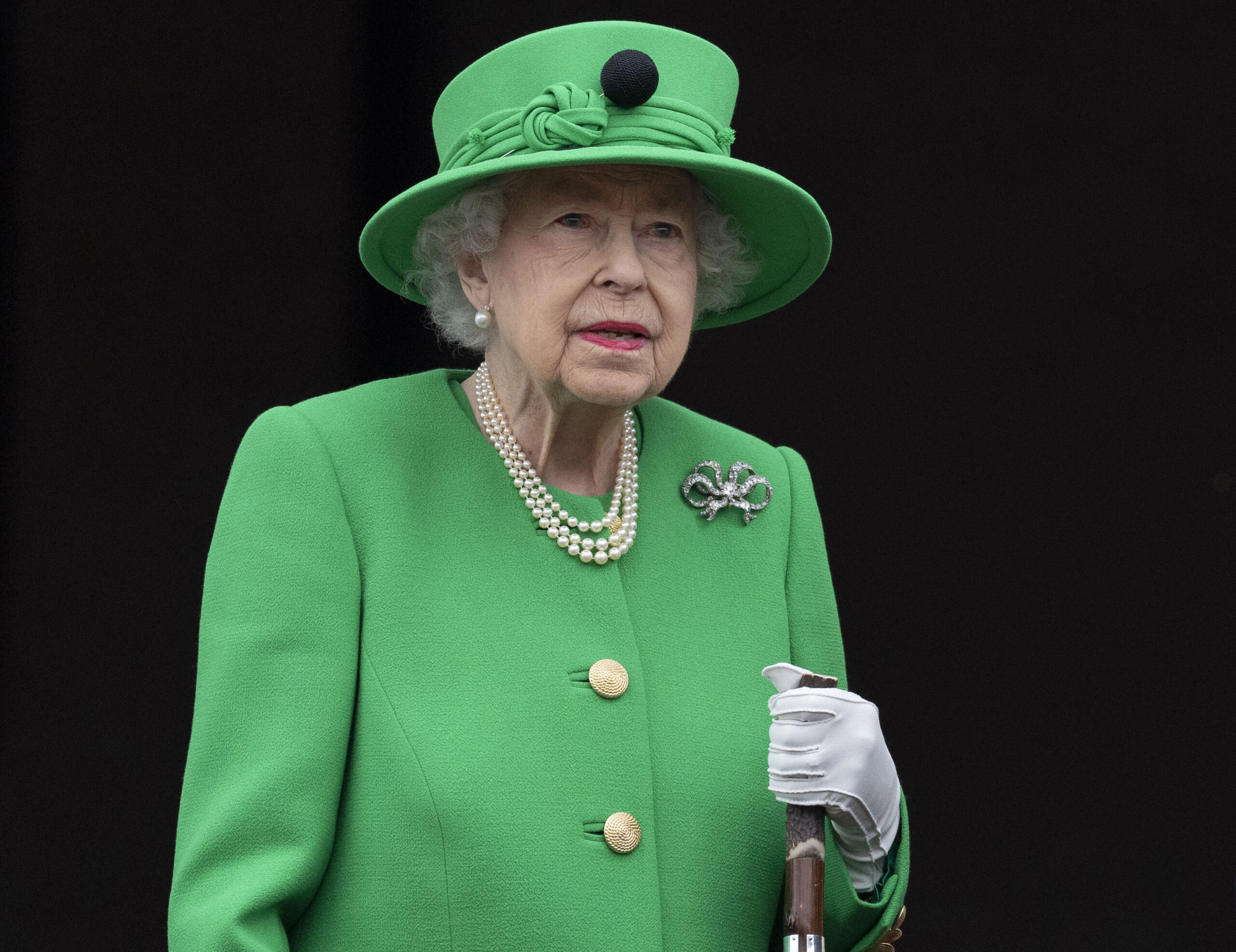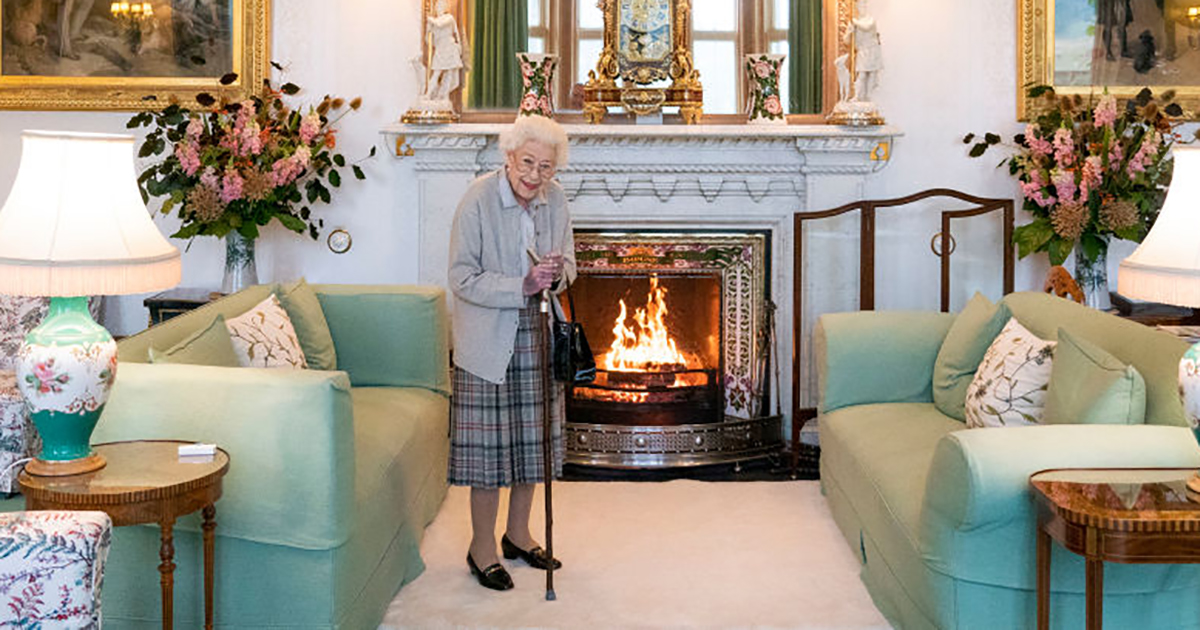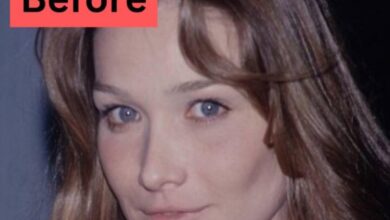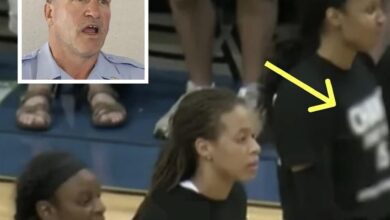Queen Elizabeth’s friend reveals sad details of the late monarch’s final days

Queen Elizabeth’s death left the entire world in mourning. Though not everyone considers themselves pro-monarchy, the late Queen was beloved by most. She reigned for over 70 years, and has now finally reunited with her husband, Prince Philip.
Shortly after the Queen’s death at Balmoral, speculation regarding the cause of her death began to spread. One insider even claimed that the late Queen had bone cancer, though that has not been confirmed by Buckingham Palace.
Speaking with The Daily Beast, a close friend of Queen Elizabeth’s has now revealed fresh details about her last days.

After reigning for over 70 years, Queen Elizabeth died on September 8, 2022 aged 96.
After the State Funeral at Westminster Abbey, Queen Elizabeth’s coffin traveled through the streets of London to Wellington Arch in Procession.
Queen Elizabeth
From Wellington Arch, the coffin went to Windsor. Once there, the hearse continued in Procession to St. George’s Chapel, Windsor Castle, via the Long Walk. At St. George’s Chapel, another funeral service was held.
The Choir of St George’s Chapel sang during the St George’s Chapel funeral service. Then, before the “final Hymn,” Queen Elizabeth’s imperial state crown, the Orb, and the Sceptre were removed from her coffin and placed on the altar.
Next, King Charles put his mother’s Company Camp Colour of the Grenadier Guards on her casket, before The Lord Chamberlain broke his Wand of Office and placed it down.
The guests sang God Save The King as Her Majesty’s coffin was lowered into the Royal Vault. Charles became visibly emotional, fighting back the tears. Later on Monday evening, a small, private burial service was held without cameras, attending only by the closest family members.
The Queen now rests in the King George VI Memorial Chapel at Windsor Castle, alongside her parents, her sister Princess Margaret, and her husband, Phillip.

After his passing, Philip’s coffin was placed in the royal vault below St. George’s Chapel. He was later relocated to be reunited with Elizabeth at the King George VI Memorial Chapel, where, some weeks after the funeral, people were once again invited to pay their respects.
Queen Elizabeth died of “old age”
As reported by AP, Queen Elizabeth’s funeral and lying-in-state cost Britain’s government an estimated $200 million. The funeral was the first state funeral in the UK since former Prime Minister Winston Churchill’s in 1965.
Before the funeral, hundreds of thousands of people visited London’s Westminster Hall to see Queen Elizabeth lying in state and pay their respects.
The costs were published as part of a written statement to Parliament.
“The government’s priorities were that these events ran smoothly and with the appropriate level of dignity, while at all times ensuring the safety and security of the public,” John Glen, chief secretary to the treasury, said in a statement.
For weeks after the funeral, circumstances surrounding Queen Elizabeth’s cause of death were kept a secret. The Daily Mail reported that a Scottish government department had been accused of being secretive and blocking legitimate attempts to obtain a copy of Her Majesty’s death certificate – this despite the fact many believed it should be a matter of public record.
“Despite MailOnline and other media outlets attempting to obtain the information from the National Records of Scotland (NRS), the public body has blocked its staff from providing any details relating to the Queen’s death on September 8,” the Daily Mail wrote.
In late September, the registered cause of death was released. Queen Elizabeth’s cause of death was listed as “old age,” with no further details added.

The National Records of Scotland’s Chief Executive, Paul Lowe, confirmed that her passing was registered in Aberdeenshire on September 16.
Harry and William didn’t make it in time
The document – signed by the Queen’s daughter, Princess Anne – states that Her Majesty passed away at 3.10 P.M. on September 8 at Balmoral Castle. Buckingham Palace announced Queen Elizabeth’s passing around three hours after she died.
King Charles and Camilla were at the Queen’s side when she passed. Unfortunately, none of Prince William, Kate Middleton, or Prince Harry made it to Balmoral to say their goodbyes in time before she died.
In an interview with 60 Minutes, Harry gave details about the tumultuous hours surrounding his grandmother’s passing. He claimed that he reached out to his brother William regarding traveling plans for Balmoral – but was not invited.
“I asked my brother — I said, ‘What are your plans? How are you and Kate getting up there?’ And then, a couple of hours later, you know, all of the family members that live within the Windsor and Ascot area were jumping on a plane together,” Harry told Anderson Cooper on 60 Minutes.
Most of the flight to the Scottish estate, where he’d spend many Christmases and other holidays, he thought about the last moments he had spoken to his beloved grandmother.

Harry, via the BBC website, discovered that the Queen had passed away as he landed. Upon arrival at Balmoral, Princess Anne was the one who welcomed him.
“I walked into the hall and [Princess Anne] was there to greet me,” Harry told 60 Minutes. “And she asked me if I wanted to see her. I thought about it for about five seconds, thinking, ‘Is this a good idea?’ And I was, like, ‘You know what? You can do this. You need to say goodbye.’ So went upstairs, took my jacket off and walked in and just spent some time with her alone.”
Royal insider claimed Queen Elizabeth suffered from bone cancer
Harry continued: “She was in her bedroom. [She] was actually — I was really happy for her. Because she’d finished life. She’d completed life, and her husband [Prince Philip] was waiting for her. And the two of them are buried together.”
In his memoir, Harry wrote more about getting to say his last goodbyes to the Queen.
“I stayed in one place without moving, gazing at her for a long time, gathered strength and continued going forward,” Harry recalled in his book, adding that he whispered a very precious thing to her.
“I hoped she was happy and that she was with grandpa,” he whispered to the Queen, telling her how he “admired her for having carried out her functions to the end… the Jubilee, welcoming the new Prime Minister.”
Queen Elizabeth’s official cause of death is documented as old age, though as mentioned, one expert previously claimed that she had been suffering from bone cancer. In a serialization in the Daily Mail, royal author Gyles Brandreth wrote that the fact that she had myeloma – bone marrow cancer – explained the “tiredness and weight loss and those ‘mobility issues’ we were often told about during the last year or so of her life.”
He continued: “The most common symptom of myeloma is bone pain, especially in the pelvis and lower back, and multiple myeloma is a disease that often affects the elderly. Currently, there is no known cure, but treatment — including medicines to help regulate the immune system and drugs that help prevent the weakening of the bones — can reduce the severity of its symptoms and extend the patient’s survival by months or two to three years.

Bone cancer can cause severe chronic pain and hinder a person from moving around, which fits Bradreth’s claims about the Queen having “episodic mobility problems.”
“No one could see she was having to use a wheelchair”
According to Express sources, the Queen withdrew from more public events in her final year because of mobility issues and increased pain.
The Daily Beast reported that although the Queen was never photographed using a wheelchair, she used one to get around in private.
According to royal expert and author Robert Joobson, the Platinum Jubilee planning at Buckingham Palace was extraordinary.
“On her insistence, a military-style exercise was put in place so that no one could see she was having to use a wheelchair,” Jobson wrote. “In considerable discomfort, Her Majesty was taken by wheelchair to the helicopter pad at Windsor.”
“At the Palace, she was wheeled right up to the balcony doors, then helped to her feet so that she could stand – with the aid of a walking stick – alongside Charles and Camilla, plus William and his family.”
“After a firework display, the Queen smiled with delight. It was her last salute to her people,” he concluded.

Palace aides were said to have been instructed not to let anyone see the Queen in a wheelchair, most notably because the Queen remembered a “haunting image” of her sister, Princess Margaret, in a wheelchair taken just months before her passing.
Queen Elizabeth was “easily confused” and had a hard time to see in her final days
However, a friend of Queen Elizabeth has now decided to speak out about the late monarch’s final years, revealing that she was in “a lot of pain.”
Moreover, the source revealed that the Queen’s sight and hearing had deteriorated considerably in the weeks leading to her death.
Although Queen Elizabeth appointed Liz Truss as Prime Minister just days before her death, a friend concludes that the monarch also had difficulty concentrating for an extended period and “was easily confused.”
“For the last years of her life, certainly from when her husband died [in April 2021], the Queen was in a lot of pain,” the source close to the late Queen’s told The Daily Beast:
“In the final months, of course, it got very much worse; by the time of the Platinum Jubilee, she couldn’t see very much, she couldn’t hear very much, and she was easily confused,” the friend of Queen Elizabeth added.
“She barely moved from her apartments in Windsor Castle. Appearing on the balcony at Windsor Castle for the Jubilee required a titanic effort.”
What is your fondest memory of Queen Elizabeth II? Please, share this article on Facebook in honor of her.



